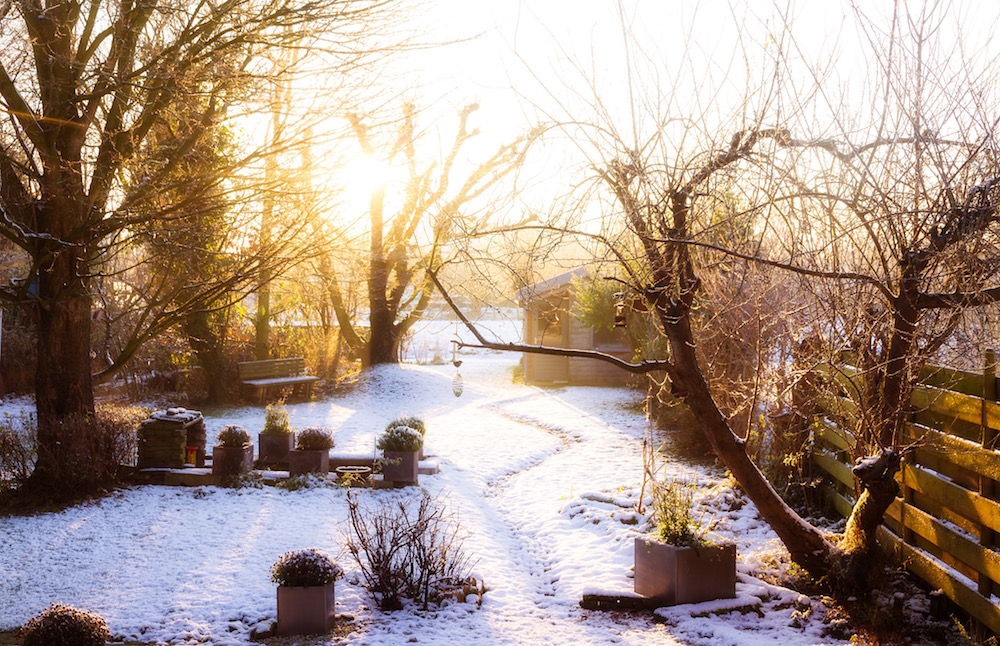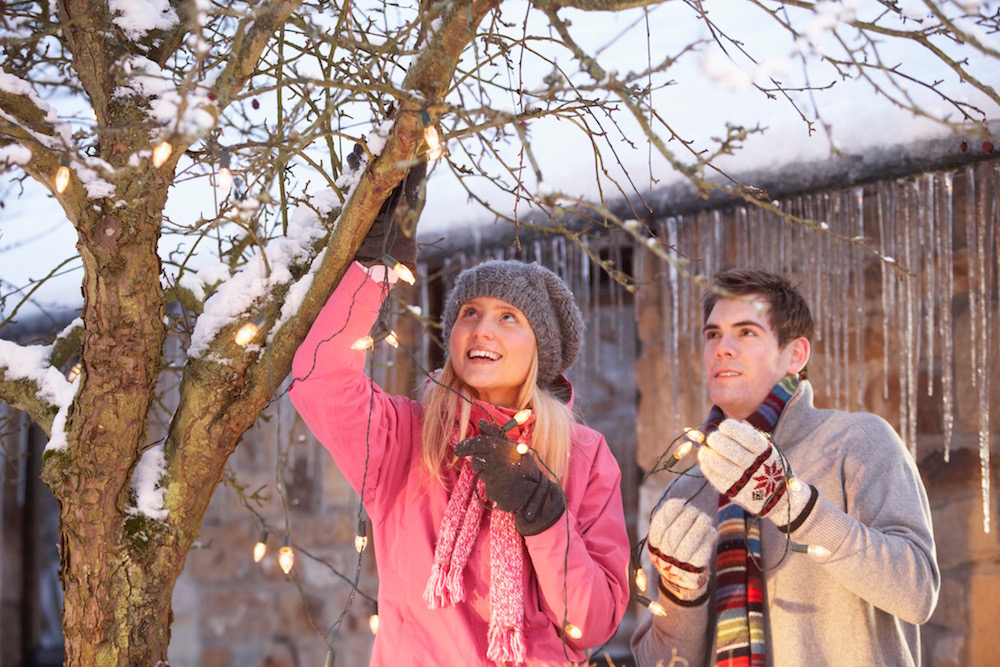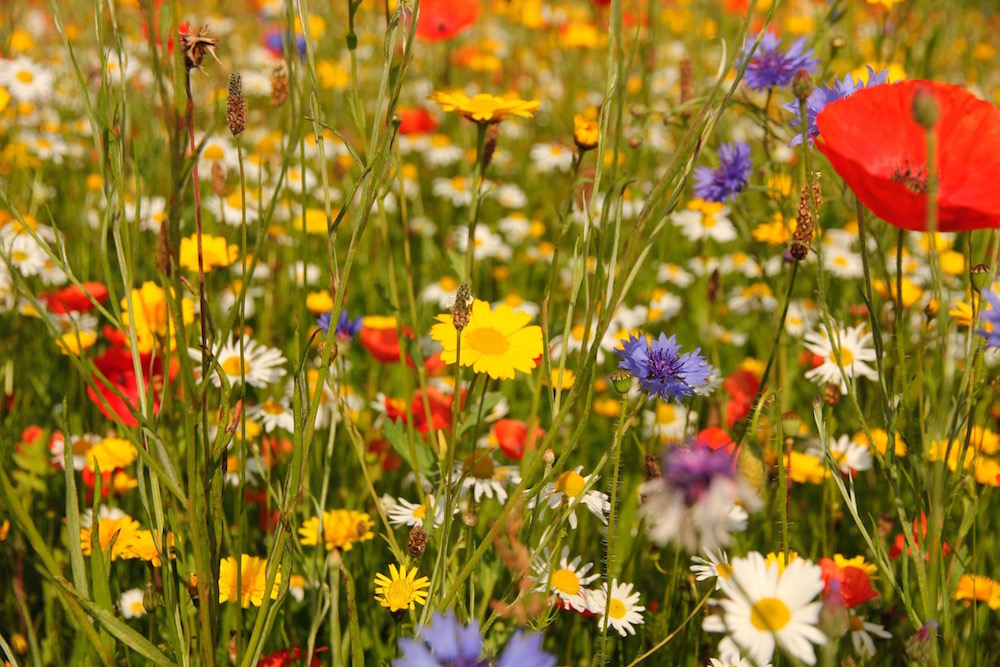
Gardeners are a lot like cooks. Some follow the ‘recipe’ exactly, they read all the instructions carefully, and never fail to stick to their watering and feeding schedule. Others just like to scatter a few seeds here and there, chuck on a layer of compost, and hope for the best.
The truth is that when it comes to gardening you can never guarantee complete success – so when gardeners stand aghast at their wilting wildflowers their drooping daisies and their failed fruit plants despite having done everything ‘right’ they can feel more than a little hard done by.
However, there are some pieces of practical, functional gardening advice that have stood the test of time. So here are some useful answers to some of the most common gardening questions – ones that you won’t find on the back of a seed packet.
How Can I Find Good Design Inspiration? 
If you are serious about perfecting your garden, then you can’t beat checking out how the professionals do it in real life. Visit celebrated gardens, go on garden tours, and ask the experts for advice. Of course, if you are short on time and money then go online and follow influential gardeners, check out social media sites such as Pinterest for design inspiration, and buying a good old-fashioned gardening book can also give you loads of great ideas as well as practical advice on how to achieve them.
How Can I Make Sure I am Utilising My Outside Space To Its Full Potential?
A great garden can feel like an extra room in your house, and no matter how little outside space you have, if you are clever with it, you will find it a comfortable and calming space to relax and enjoy throughout the year. Gardens should be colourful and bright and have places to sit and socialise. Even the smallest of patio gardens can achieve this so make sure you chose your furniture and plants carefully to make the most of your space and work with it rather than cramming it full or neglecting it altogether.
How Often Should I Water My Plants?
This question is widely asked and of course there isn’t a one-size-fits-all answer. But the truth is however resolutely you follow each plants instructions the only real way to tell if your garden needs watering is by checking it. Stick your finger in the soil – if it’s dried out then your plants are thirsty, and it’s time to get the watering can out. If you try to plan your watering schedule you could easily end up overwatering or under watering your plants – nature is unpredictable, so you just have to go with the flow.
Should I Feed My plants?
Feeding your plants tends to be a good idea, in fact, feeding plants regularly can help them to flourish. This applies in particular to plants and flowers you are growing in containers. Feed them every 4-5 days for the best results (despite what it says on the plant labels). However, remember only to do so when your soil is thoroughly moist – putting food directly onto dry soil can damage your plants.
Are Cheap Plants More Likely To Die?
Providing you buy plants that look healthy, regardless of whether you get them in your local supermarket or at a fancy garden centre, the chances of them flourishing are down to you. Plants at bargain prices aren’t necessarily ‘worse’ however it is important to remember that local plant shops and garden centres might have to put their prices up to survive the competition! It’s also important to look to your garden to provide you with plants and flowers year on year. Take cuttings and save seeds for next year and you won’t need to keep buying new plants every time the sun comes out.
What Are The Best Plants For Pots?
If you don’t have any areas in your garden to sow seeds you can still create a brilliant outside space by using plant pots. You can grow pretty much anything in a pot. Often novice gardeners get put off attempting anything too ‘exotic’ as they think they won’t be able to survive in our less than tropical climate(!). The good news is that you don’t need a greenhouse or even great weather to grow all sorts of exciting plants, fruits and vegetables and flowers. If the weather turns cold, simply bring your more delicate pots inside to keep them warm and protected from the elements. Of course, during the colder months, plants tend to retreat, and having a bunch of bedraggled or barely there plants in your house might not be appealing. However, if you can store them in the basement or a secure shed you can leave them to it over winter and then start to water, feed and tend to them once the warmer weather returns and watch them bloom once more.
How Can I Get Rid Of Weeds?

Weeds can be a serious problem for any gardener, and your focus should be on eliminating them altogether rather than treating them as and when they appear. A usually successful method is to dig a trench around your garden plot and line with sheet plastic. The trench should be a good foot wide and as deep as you can make it. In this ‘sealed’ area you can treat pesky weeds in a variety of ways such as blocking out the light, cutting off any flowers as soon as they appear to prevent the spread of seeds, and using a non-persistent weed killer.
How Do I Tell What Kind Of Soil I have? 
The type of soil you have can have a significant impact on the success of your garden. The consistency of your soil, how acid or alkaline it is, and how well it holds and drains water all affect how well your plants will do. Knowing your garden’s soil means you will be armed with the information you need to tackle any issues that come with your soil type. To discover which type of soil you have to take a look at our recent blog, The Different Kinds of Soil Explained
My Garden Doesn’t Get Any Sun, Will Anything Grow? 
While having a sunless garden can be limiting, there are plenty of plants and flowers that are well-suited to the shade and will do well here. Well known bedding plants such as Fuchsia, ‘Bizzy Lizzy’, Begonias and Lobelia will all flower without being in the direct sunshine. Rhododendrons and Hydrangea shrubs don’t need a sunny spot, and snowdrops and ‘Dog Tooth’ Violets also do well. There are plenty of places to find extensive lists of plants that love the shade. For a start, try here: https://www.rhs.org.uk/advice/profile?pid=100.
What Plants Work Well For A Fragrance Garden?
There is nothing nicer than stepping into your garden and breathing in a lungful of delicately perfumed air. Fragrance gardens are sweet-smelling and beautiful, and there are plenty of low-maintenance plants and flowers that you can grow to make your garden smell gorgeous. Try Rhododendron luteum, (which has the added benefit of looking rather stunning with its candy yellow flowers), gives off a sweet and fragrant scent until late spring. In summer bring out Evening primrose, lavender, roses and lilies, and you can even keep your garden smelling fantastic in winter with Daphne bholua or Chimonanthus praecox – otherwise known as wintersweet.
There is no one overarching formula that ensures your plants will flourish, or a little-known secret that will suddenly make your garden beautiful. However, as experienced gardeners know time patience and practice are what will help to make your garden great, and understanding the answers to some of the most common gardening questions is an excellent start!
At Bury Hill our team of experts are always happy to help gardeners with tips and advice as well as supply a whole range of high quality gardening and landscaping materials to create your perfect outdoor sanctuary!





